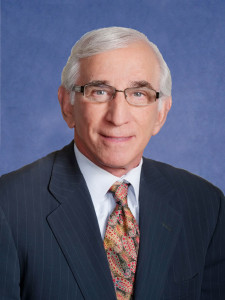
As e-commerce giants like Amazon move into every area of consumer commerce, brick-and-mortar retail chains keep experimenting with the best ways to compete: omnichannel, ship-from-store, experiential, entertainment-focused…the list goes on.
These changes aren’t simply window dressing; they are urgent responses to a market where consumers can now shop from their iPhone without ever stepping foot into a store.
- Some major chains’ first reaction to the start of the e-commerce threat was to get lean and mean. That often meant cutting staff, which weakened service, basically ensuring that today’s customer with her myriad choices would choose somewhere else to shop.
- Ship-from-store sounds like a great idea by turning stores into fulfillment centers to increase sales-per-square-foot for brick-and-mortar. The problem is execution. Some major department stores are taking three to six weeks to restock merchandise. That in turn weakens the brick-and-mortar-selection proposition.
- Omnichannel means that retailers sell everywhere the consumer is—online, in the store, and on mobile. This requires a huge investment, and if the sales don’t increase in response, it can further weaken a retailer.
I was part of an ICSC trustee group earlier this year that heard some hard truths; as they roll out expensive new omnichannel initiatives, even the historically strongest locations for some major retailers are seeing a significant drop in sales.
In the midst of this challenged national retail market, however, our retail market in Texas has reached record highs in terms of occupancy. So we took a closer look to see what is working here.
As a company, we lease 44 million square feet of retail space in Dallas-Fort Worth, Austin, Houston, and San Antonio. Across the board, the great majority of centers in our portfolio are at or near full occupancy.
What do these centers have in common with other successfully performing projects in our markets? They offer diverse tenant mixes in locations that are tightly centered on immediate trade areas.
In today’s market, we are seeing the regional and local merchants thrive and grow. As major national retailers pull back on their expansions, DFW’s centers are at record occupancy because of these local or regional tenants, who are filling up shop space marketwide.
Our strongly performing non-mall centers run the gamut from small to large, from high-end to middle-of-the-road.
But they share one thing in common: they are laser-focused on their neighborhoods. They succeed because they know their customer base and can merchandise and provide the services it needs, the medical it requires and the restaurants it will frequent.
A neighborhood-focused tenant mix succeeds because it is geared toward the socioeconomic status of the very targeted immediate area that surrounds the center. But the landlord cannot and must not rely on the right tenant mix alone to make a center work.
That’s why, at the centers we manage, we implement a “Center Improvement Matrix” with many highly effective enhancements to keep the centers relevant. By making a center the best location in the neighborhood, we can attract the tenancy that is the best choice for the neighborhood.
In today’s market, the customer has nearly endless choices. That’s why brick-and-mortar neighborhood and community centers in DFW must do everything possible to make sure they stand out as the best choice.
Herb Weitzman is the executive chairman of Weitzman.





